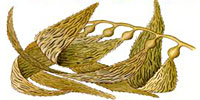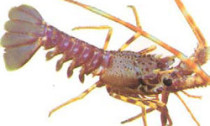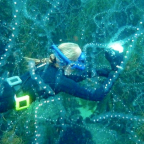
Macrocystis and Nereocystis luetkeana
Like huge fingers that disappear into the depths of the sea, the Giant Kelp Forests found in the waters off north America, are the rainforests of the sea.
Kelp leaves called fronds can grow up to 50 centimetres a day. Kelp forms dense canopies up to 35 metres above the seabed. Most of us eat kelp regularly, by consuming icecream or jelly. Products made from kelp are used to thicken these foods, and other products like toothpaste.
Held upright by gas-filled bladders at the base of leaflike blades, kelp fronds grow straight up to the surface, where they spread across the top of the water to form a dense canopy...
Read More












Social Profiles